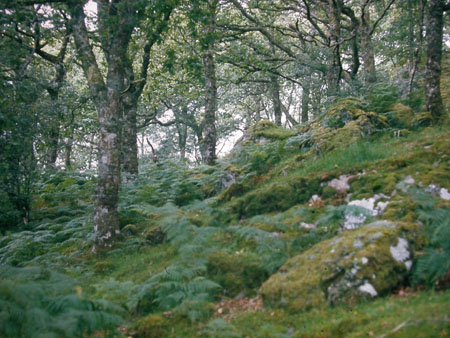
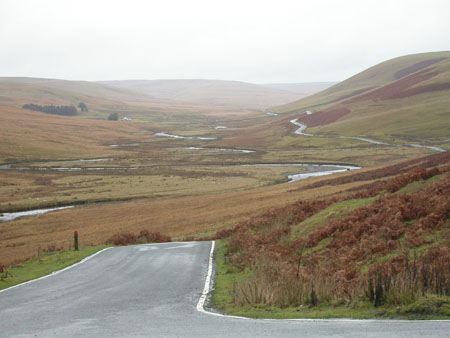
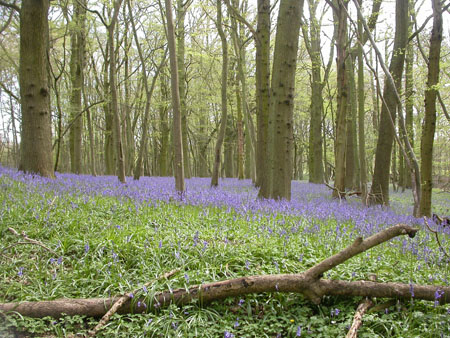
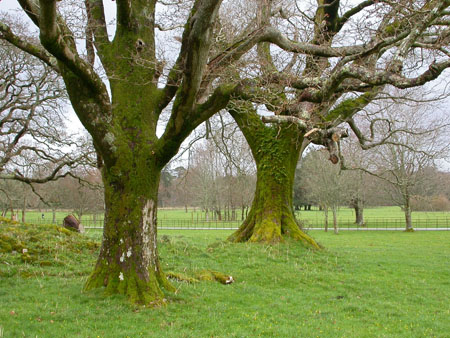
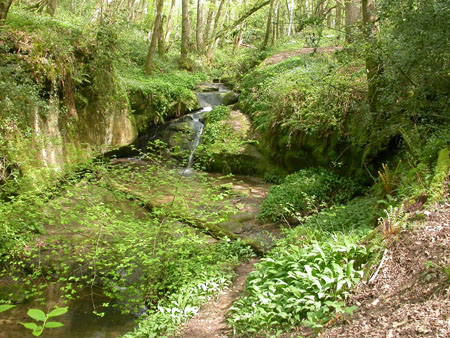
Habitat Assessment
As an ecological consultant, Simon Davey is particularly interested in habitat assessment and evaluation. He is worried about the standard of much of the work that is produced currently. He was fortunate to spend much of his early professional life working in museums in natural history. This gave an invaluable grounding in a wide range of groups of organisms, and particularly lichens. This intimate knowledge of species is essential for the understanding of the natural environment. The presence or absence of species allows the able ecologist to paint a picture of a site, and from this an evaluation can be given.
As a result of the work of Francis Rose and Brian Coppins, lichens can be used to give a very accurate indication of the age and continuity of a woodland site. The presence or absence of protected, nationally rare or nationally scarce species is another excellent indicator. Far too many assessments these days rely solely on the National Vegetation Classification or the presence or absence of flagship species such as mammals or reptiles. While these give some indication of the ecological value of a site, used in isolation they are inadequate.
The National Vegetation Classification is a most valuable tool, but it only goes a short way towards describing a site and its characteristics. Lists and frequencies of species in a range of groups are the only tools that will give a clear evaluation of sites. Unfortunately, Simon Davey believes that some ecologists use the National Vegetation Classification system to produce more or less meaningless reports which, when used unscrupulously, will allow development to take place in sites of high ecological value.
Ecology is a complex study that is not accessible to all, especially to the clients of professional ecologists. Simon Davey believes very strongly that reports should be written clearly and concisely in a language that is accessible to the client, and to any official bodies that the client may wish to submit it to. Reports full of technical jargon may be used unscrupulously to muddy ecological issues and, worst of all may lead to development on sites that, on ecological grounds should never be developed.